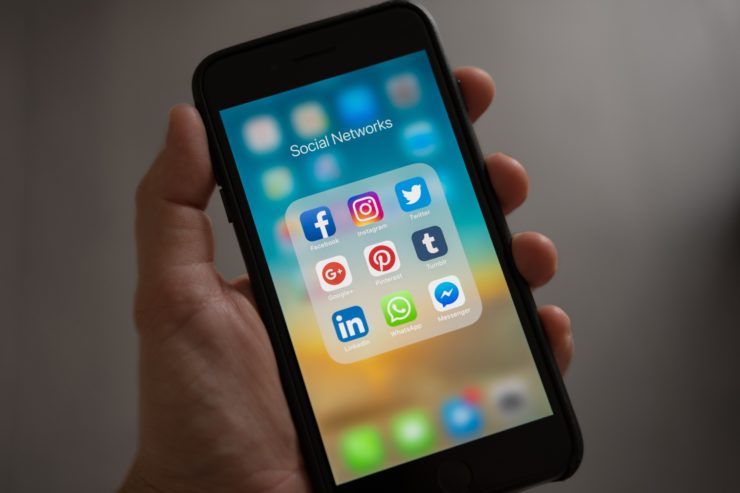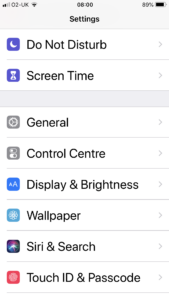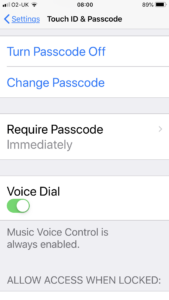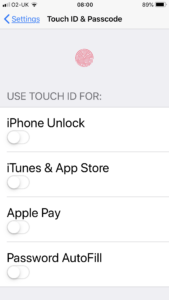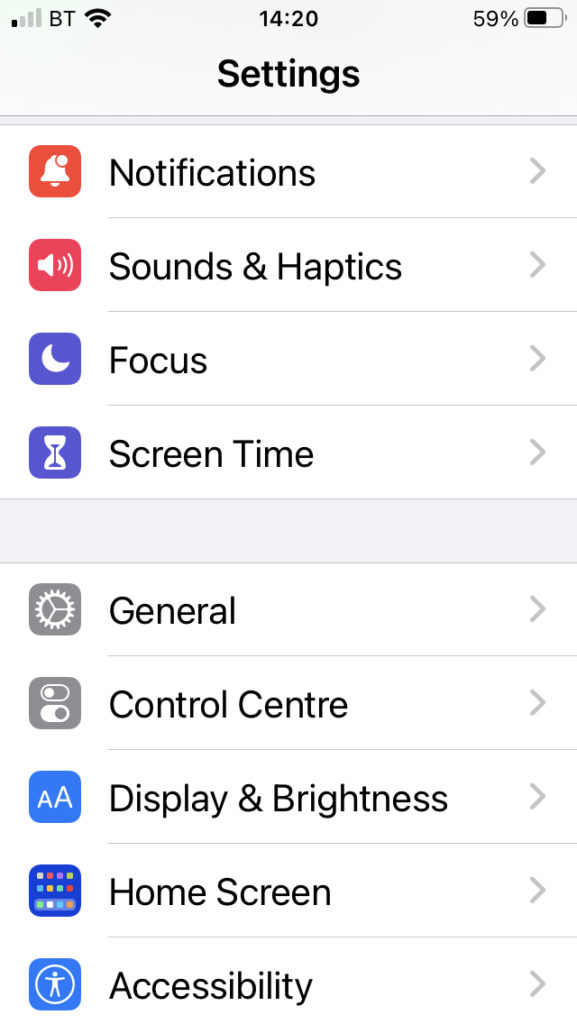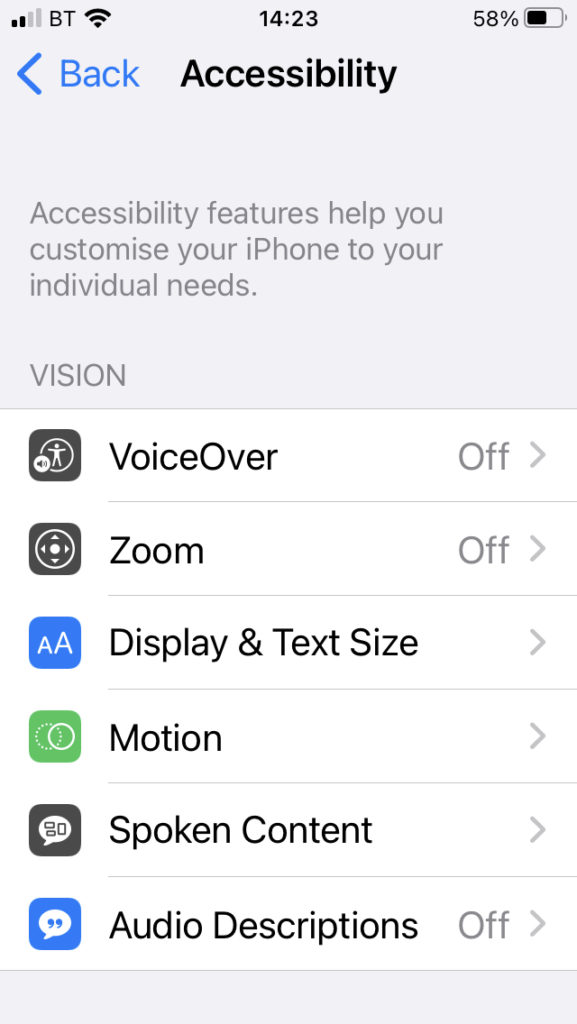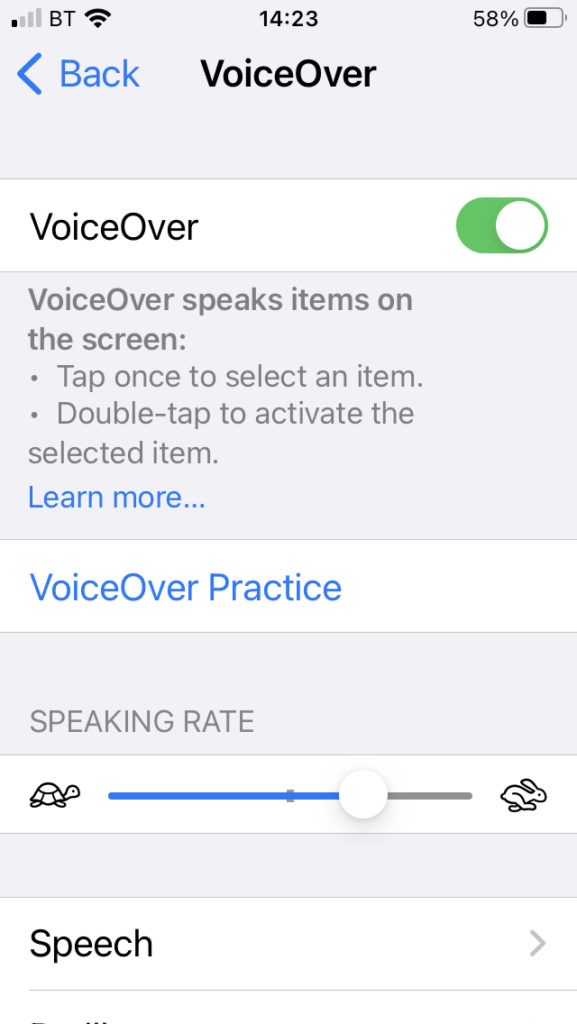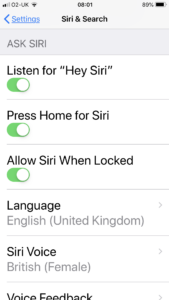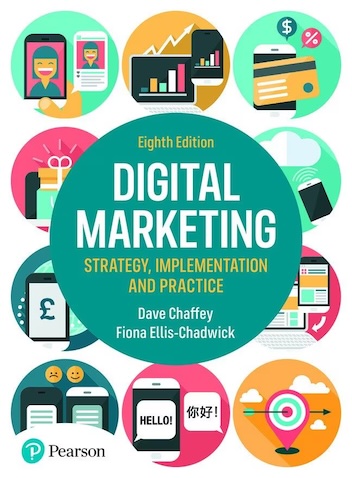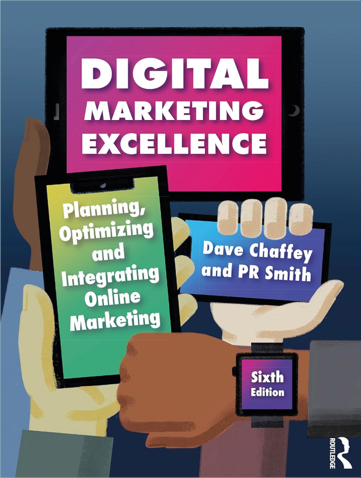Who is this post for?
The aim of this post is to explain to sighted people how to set up voice control on Apple iPhones for friends or family who are visually impaired or blind. The two main tools for using your phone with voice are VoiceOver which reads the screen and options and the newer Siri voice commands.
There are lots of great guides to doing this by visually impaired bloggers, but they are writing for their audience who may already be knowledgeable about the assistive features of iPhone
Why am I writing this post?
I’m writing this article to support my voluntary work for the charity Ability Net UK which involves setting up and troubleshooting software for different devices like computers, smartphones and smart speakers. This is to help the many people who need accessibility features set up to use these devices including people who are visually impaired, disabled or older people who need assistive technology, for example, people who have had a stroke.
This is a checklist / step-by-step reference for me as I learn about the best techniques myself, but I hope others may find it useful too when setting up voice-activated features for their friends, family or themselves.
Views are my own and I’m not representing AbilityNet.
Last updated in January 2022 to use latest iOS15 approach.
Steps to setting up access
These steps are how I prefer to set up VoiceOver for a visually impaired person, based on my experience, but the steps and tips can be varied to suit. A few of the steps are optional depending on the tradeoff between security and ease of use.
Step 1. Switch off passcode (optional)
Passcodes are very difficult, if not impossible, for the visually impaired to enter the 4 or 6 digit code, so I recommend not using them, unless it’s important you want to restrict access to confidential information or apps. It’s a decision to be discussed with each user. If they are starting by using the phone for calling only, with Siri, a common scenario, then I think they’re unnecessary.
How?
1. Choose Settings, then TouchID and Passcode.
2. In TouchID & Passcode, Turn Passcode Off.
Step 2. Switch off TouchID (optional)
Like with passcodes, these TouchID or Face recognition can be difficult since it can be hard to see whether the security option has been passed or not, so in my view, it’s best to keep the phone open, at least initially.
How?
1. Choose Settings, then TouchID and Passcode.
2. Set ‘Use TouchID for’ off for iPhone Unlock and other options
3. Turn on VoiceOver
VoiceOver speaks items on the screen as you tap to select or slide your finger between menu options and you then confirm you want to select the option by double tap.
Scrolling is achieved through using three fingers.
How?
1. Choose Accessibility from Settings
You have to scroll down to below General. This is for iOS15. Earlier versions you may find Accessibility and VoiceOver are within General.
2. Choose Voiceover from Accessibility menu
It’s at the top.
3. Turn VoiceOver On
Congratulations, VoiceOver is now on. The practice is quite limited. So practice by using a commonly used App like Mail or Messages. The three main Voiceover interactions are:
- Tap once to select an item. Try this by tapping on Back above.
- Double tap with a finger to activate or select the item. After Back is selected, Double tap anywhere on the screen to go back.
- Swipe three fingers to scroll. You can only scroll when the screen is scrollable and there is no button selected.
You can also Move your finger around the screen, e.g. on home screen and it will read each item you rollover
Tips for using VoiceOver
- It’s worth increasing the speaking rate to make it quicker to hear instructions.
- Set up the Home screen to have as few app icons as possible and move the most popular ones to the top. The user can then get familiar with accessing them this way.
- To access the home screen if the user doesn’t have an older version with a home screen button, note that different gestures are required with Voiceover switch on – see Apple summary.
- If VoiceOver won’t be used all the time, it’s worth setting up the Accessibility shortcut to Turn it on/off. This is either three clicks of home button or three clicks of the side button if there is no home button / Face ID.
- A three-finger tap is use to turn the screen curtain on and off. This won’t affect blind users, but helpers and I’ve found the curtain can be turned on and the screen will be black. Tap three times with three fingers to turn it on and off. On an iPhone with Face ID and no Home button, Drag one finger up from the bottom edge of the screen until you feel a vibration or hear two rising tones, then lift your finger.
- Once someone is used to using Voiceover. It’s worth suggesting they learn about the Rotor which enables commands for what is selected. For example, when you are browsing a web page it can be useful to use the Rotor to select Headings to navigate through headings on a web page by swiping left or right (if this has been selected in the Rotor menu option within Accessibility). Be warned that the Rotor is tricky initially since you have to use a gesture with the thumb and forefinger to rotate a dial that appears on screen. Learn more about the Rotor from Apple.
Here’s an example of using VoiceOver from YouTuber Molly Burke – How I use technology as a blind person! Inspiring whether you’re sighted or not.
Note that this is a fairly old clip before Siri was introduced.
There are also options to speak selection and speak the screen by swiping down with two fingers from the top of the screen.
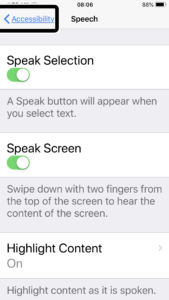
Siri
Siri is a fantastic tool for the visually impaired since it enables you to ask the phone to do things for you like calling people on the phone or doing a search. It’s like its cousin Amazon Alexa used in smartspeakers. Make sure you get a sufficiently powerful iPhone as explained below.
How?
- Switch Siri on using the Siri & Search Settings.
- Select both the Listen for ‘Hey Siri’ and ‘Press Home for Siri’
What can Siri be used for?
Siri could be useful for opening apps, finding contacts or creating / reading messages or emails, e.g. Send Message to <Contact name> or Read Messages or New Message – the interaction with Siri breaks it down into steps.
- Making phone calls
- Managing phone conversations and voicemails
- Using Apple’s FaceTime
- Finding contacts
- Reading, sending and replying to messages
- Scheduling meetings and conference calls
- Checking calendars
- Receiving reminders
- Making notes
- Searching the Web
- Posting to Facebook and Twitter
- Using maps and getting directions
- Finding local businesses and restaurants
- Playing music or listening to podcasts
- Using the calculator
- Looking up photos and videos
- Managing iDevice settings
- Taking dictation
- Getting the latest news, sports, weather, entertainment and stock market information
Common problems to avoid
Is the case causing a problem with the microphone or speaker?
The design of many cases will make it difficult for the microphone or speaker to work effectively.
Which iPhone version is best?
I’ve found that for it to work you do need an iPhone with a sufficiently loudspeaker and powerful enough processor. The larger format iPhone 7 Plus and 8 Plus or more recent are best for this.
It’s arguably also best to have a button to activate, so you can argue that older models with a home button like the 7 and 8 are better than the newer iPhone X and iPhone 13 models which don’t have buttons. I’ve seen people have to return second hand iPhone 6S because they were not powerful enough in sound or fast enough.
